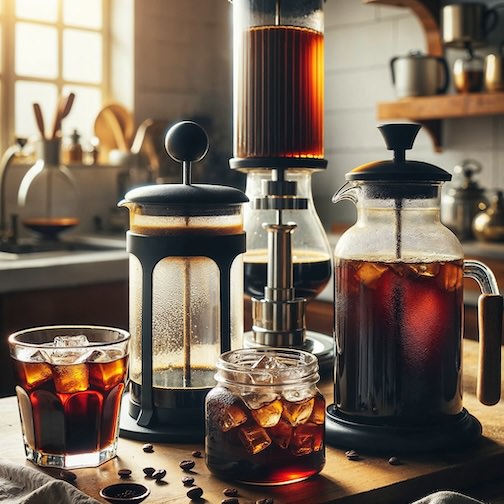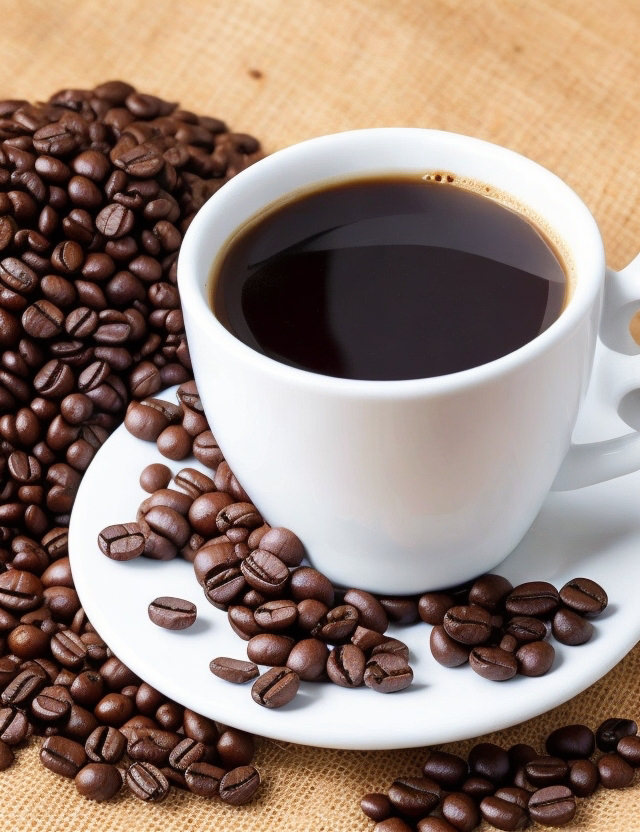I recently came across a term related to coffee brewing and thought it was something new. Turns out, it’s a technique we’re already familiar with, but I thought it’s worth sharing in case it pops up in your next coffee chat. It’s called immersion coffee brewing, a method where coffee grounds are soaked in water, allowing a more even absorption of flavors and aromas compared to other methods like drip or pour-over. Like I said, you already know the process, but not always a name people reference it by.
Take the French Press, a classic in the world of immersion brewing. You mix coffee grounds with hot water in a carafe and let them steep. After a few minutes, press down a plunger, and voilà, your coffee is ready. Its simplicity and the rich, full-bodied coffee it produces are what make it a favorite.
The AeroPress is another popular choice. It works similarly to the French Press, where you steep the coffee. However, with the AeroPress, you use a plunger to force the brew through a filter, which creates a cleaner, smoother cup of coffee. And by ‘clean’, I mean it leaves fewer grounds in your cup, thanks to its modern design that’s easy to clean.
Cold Brew is another method I sometimes overlook. Perfect for a hot day, it involves steeping coffee grounds in cold water for about 12 to 24 hours. This results in a smooth, concentrated coffee that’s excellent over ice or mixed with milk.
For those who appreciate a bit of flair in their brewing, there’s the Siphon Brewer. Though I don’t have the equipment myself, it’s impressive to watch. It uses heat to create a vacuum for brewing coffee and is a great conversation starter, especially when you have guests in the kitchen.
Now, let’s talk about Keurig – yes, you read that right. I had an interesting encounter in a break room with the President of a multi-billion dollar company. He offered to make me a “stronger” cup of coffee using a Keurig. Here’s his trick, which should be done cautiously to avoid hot water burns: After the water starts flowing into the coffee pod but before it fills the cup, he slightly opened the lid, pausing the brewing process. After a short pause, he closed it, and the brewing continued, resulting in a lightly steeped, stronger cup of coffee. Again, be careful with the hot water and it’s unpredictability when your using anything not as designed.
There’s an immersion method for every taste. So, grab your favorite beans and start experimenting with these methods.
Please note that if you purchase from clicking on the link, some will result in my getting a tiny bit of that sale to help keep this site going. If you enjoy my work, perhaps you would consider donating to my daily cup of coffee, thank you.



